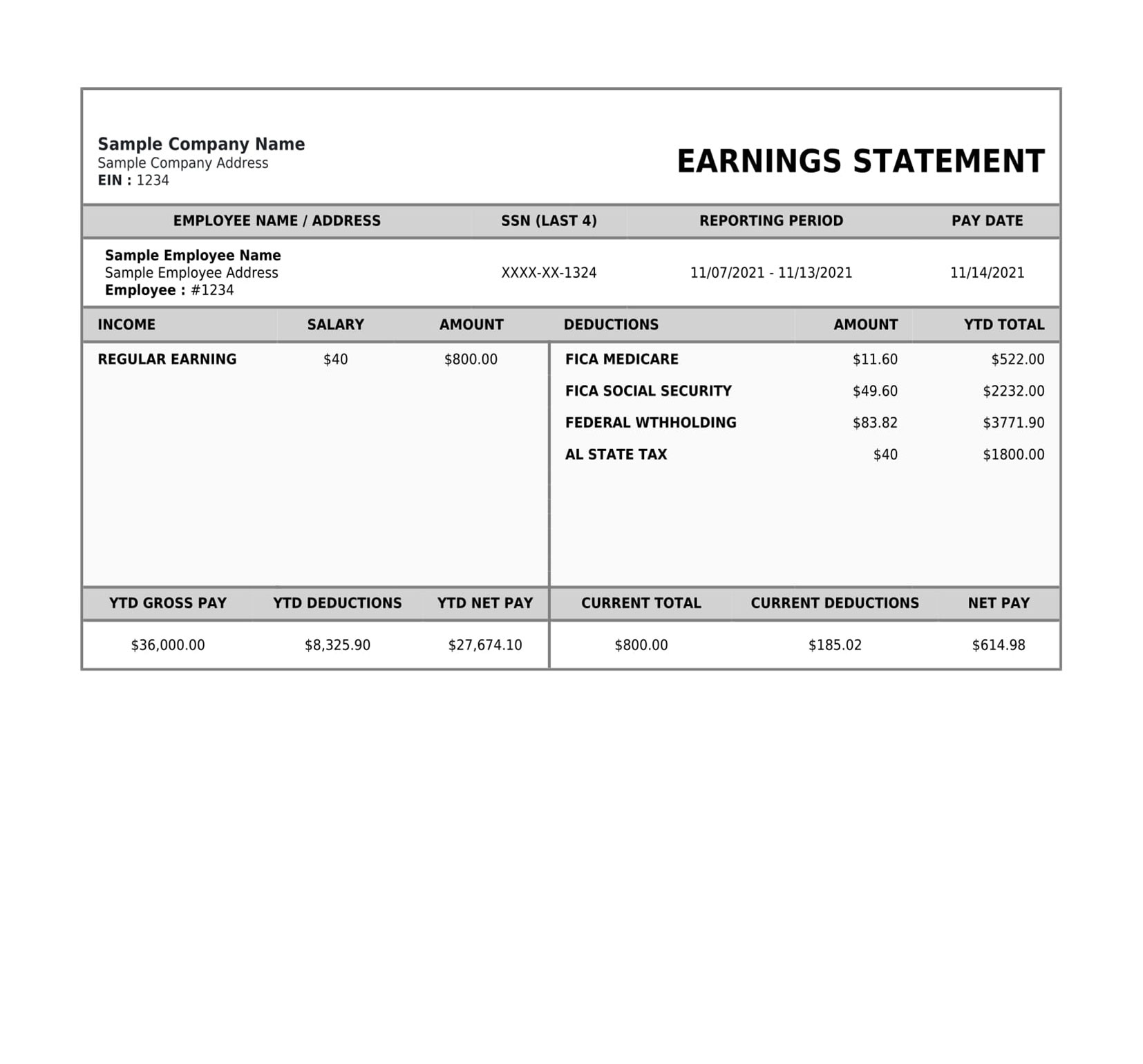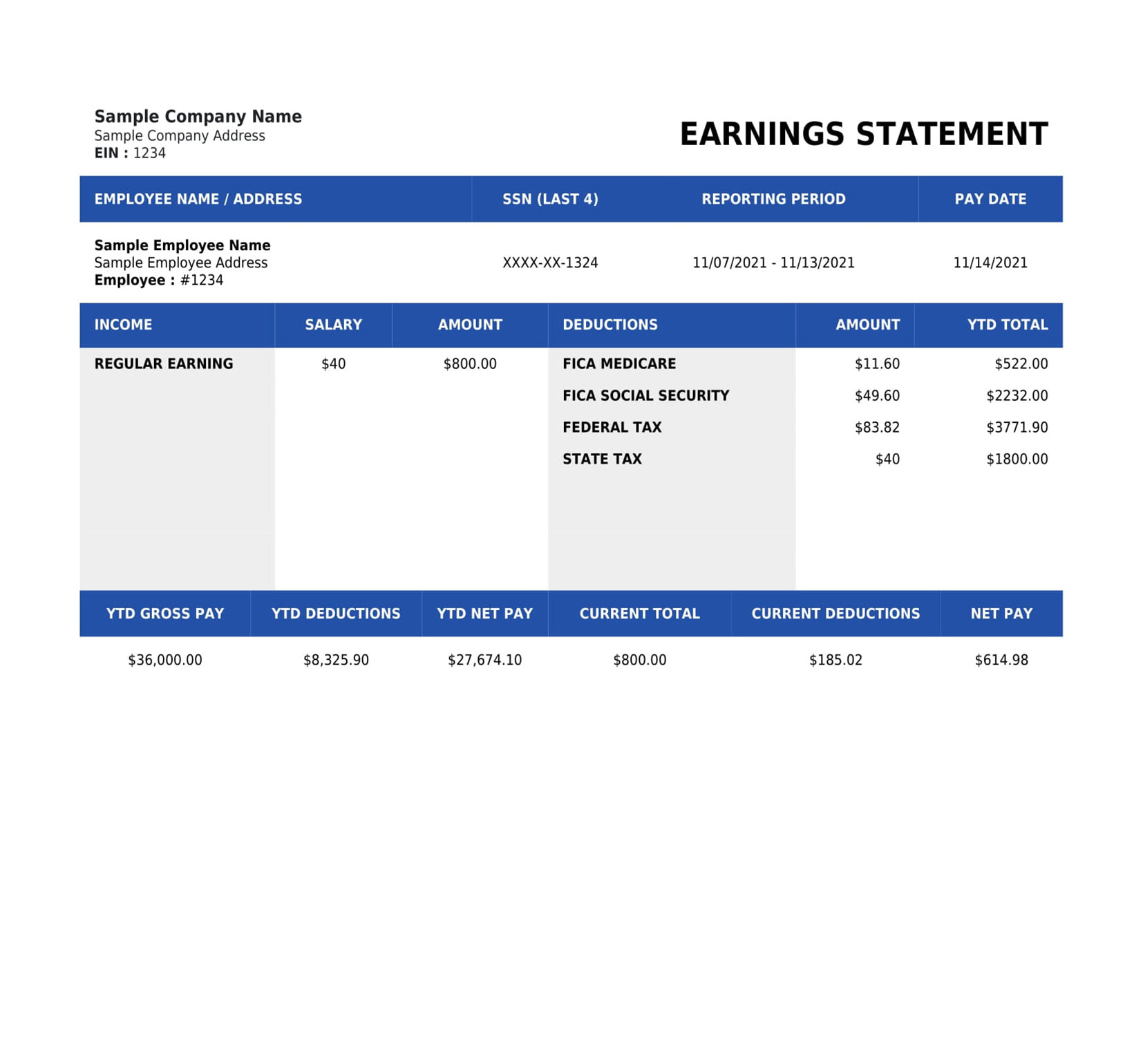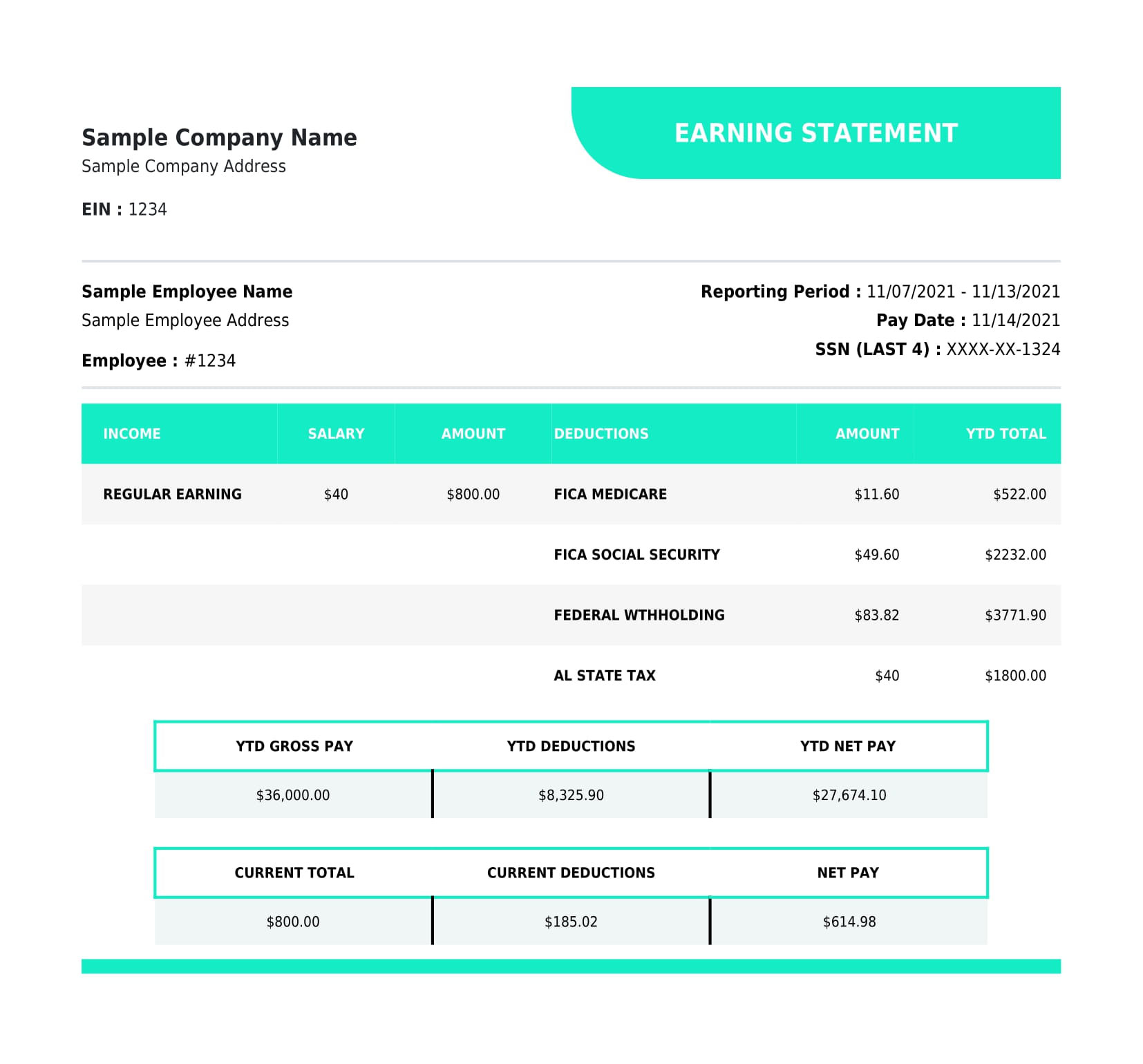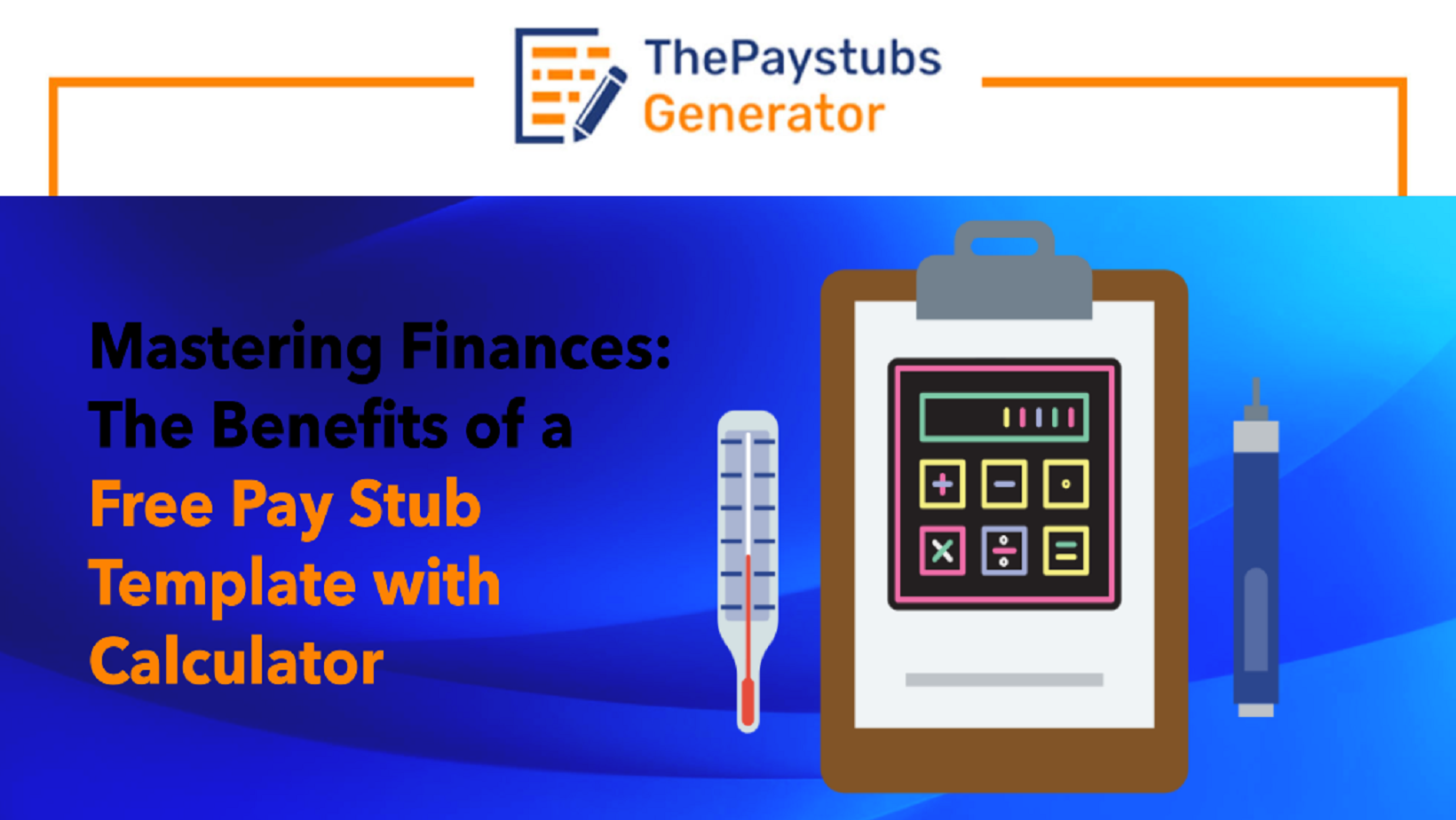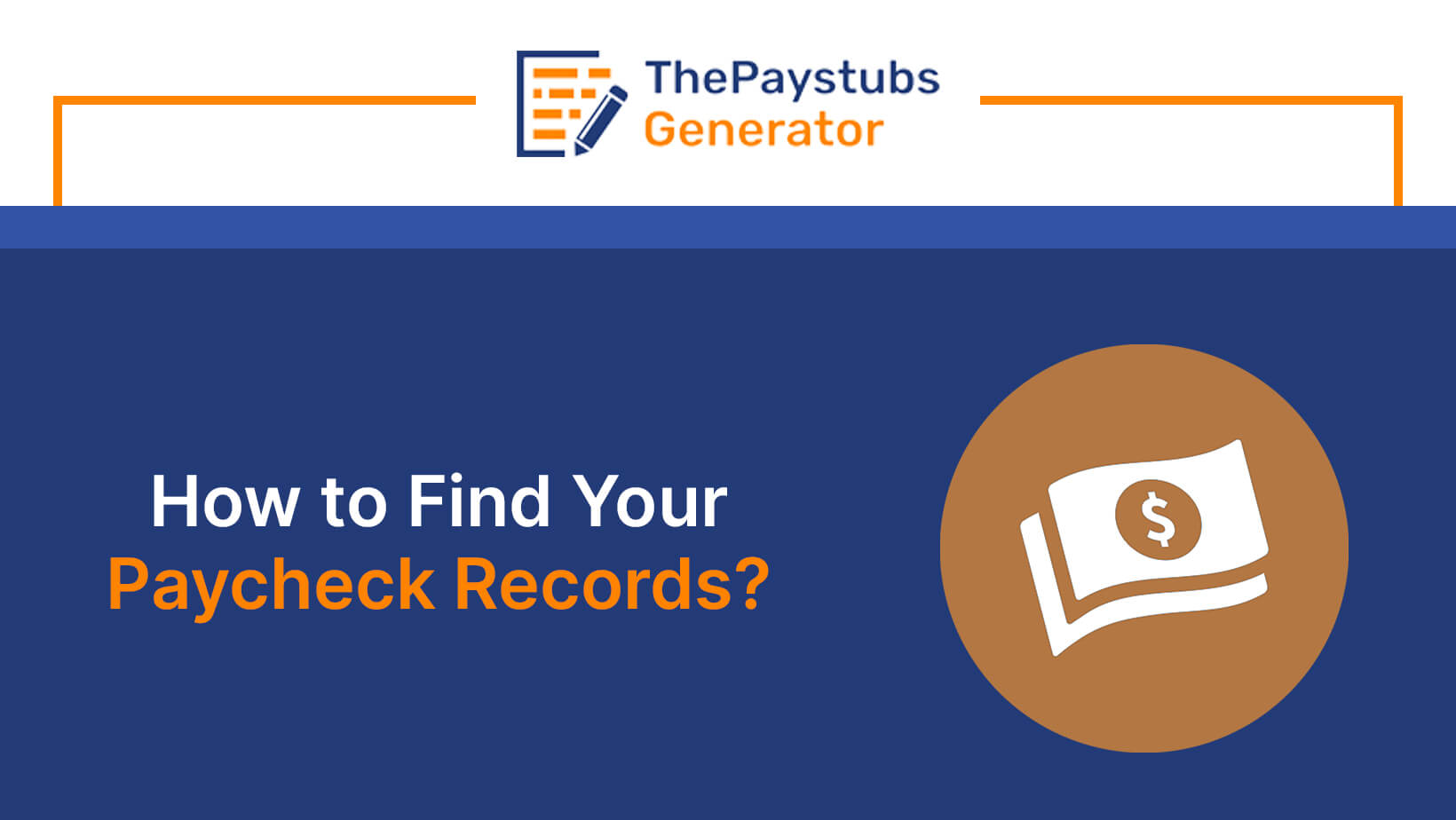
Understanding the Basics: Weeks, Months, and Pay Periods
In the realm of payroll management, one of the fundamental questions for the year 2024 revolves around the number of pay periods in a year. To unravel this mystery, let’s start with the basics. In a standard calendar year, there are 52 weeks. However, when it comes to pay periods, the frequency of paydays becomes a critical factor.
Biweekly vs. Semi-Monthly: Unraveling the Variance
For employees paid on a biweekly schedule (every two weeks), the year 2024 brings with it a total of 26 pay periods. This frequency is derived from the 52 weeks divided by 2. On the other hand, those on a semi-monthly payment schedule (twice a month) will experience 24 pay periods. Understanding this distinction is crucial for accurate financial planning, tax calculations, and, of course, generating paystubs.
Significance of Paystub Accuracy: Enter the Check Stub Maker
As the number of pay periods directly influences the frequency of paystub generation, maintaining accuracy becomes paramount. Employers and employees alike rely on paystubs for insights into earnings, deductions, and net pay. This is where the check stub maker or paystub generator steps into the spotlight. These tools automate the creation of paystubs, ensuring that each paycheck is accurately documented, enhancing transparency, and simplifying the payroll process.
Employer Perspective: Ensuring Compliance and Efficiency
From an employer’s standpoint, aligning the payroll process with the correct number of pay periods is crucial. This not only ensures that employees are compensated accurately but also contributes to compliance with tax regulations. The check stub maker becomes a valuable ally, streamlining the payroll process, and reducing the risk of errors that could lead to financial discrepancies and regulatory issues.
Empowering Employees: Financial Literacy through Paystubs
For employees, a check stub serves as a financial compass. It provides a breakdown of earnings, deductions, and taxes, empowering individuals to understand their financial transactions. Access to clear and concise paystubs enhances financial literacy, fostering a sense of transparency and trust in the employer-employee relationship.
The Road Ahead: Prioritizing Transparency and Accuracy
As we step into 2024, organizations must prioritize transparent and accurate payroll processes. The check stub maker emerges as a vital component, not only for employers striving for efficiency but also for employees seeking clarity in their financial transactions. The correct understanding of the number of pay periods in a year sets the tone for effective financial planning and ensures that both employers and employees are on the same page.
Conclusion: Navigating Payroll in 2024
In the ever-evolving landscape of payroll management, the number of pay periods in a year stands as a cornerstone. It impacts financial planning, tax calculations, and the overall accuracy of paystubs. The check stub maker becomes the linchpin in this process, offering a streamlined solution for employers and a transparent financial compass for employees. As we navigate the complexities of payroll in 2024, the key to success lies in transparency, accuracy, and the tools that facilitate seamless financial transactions.
